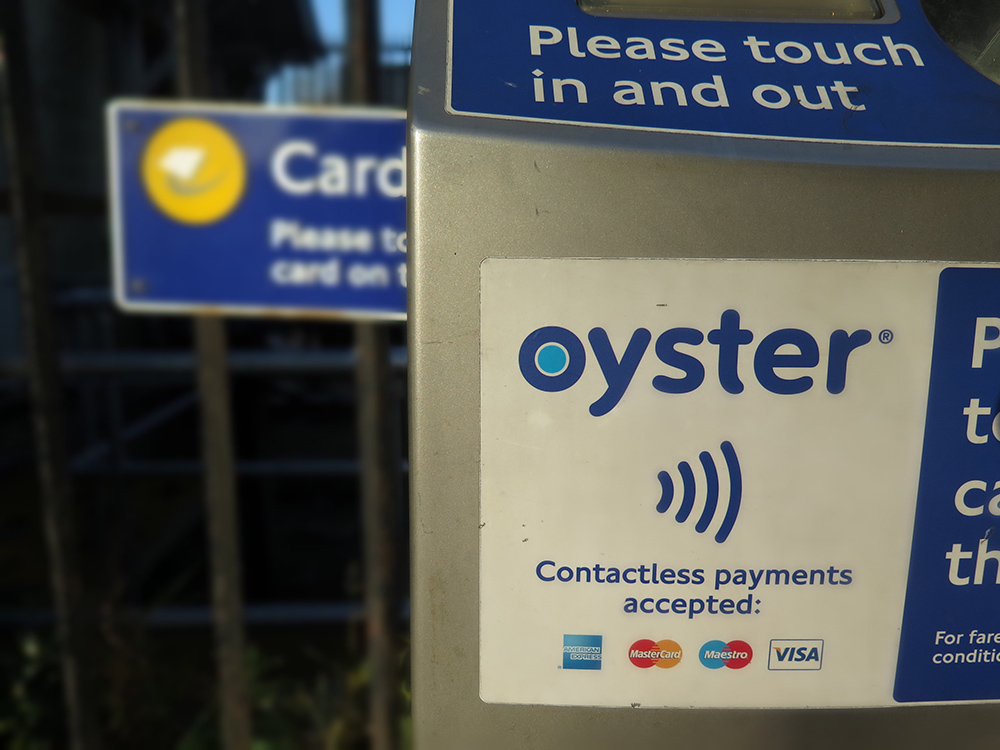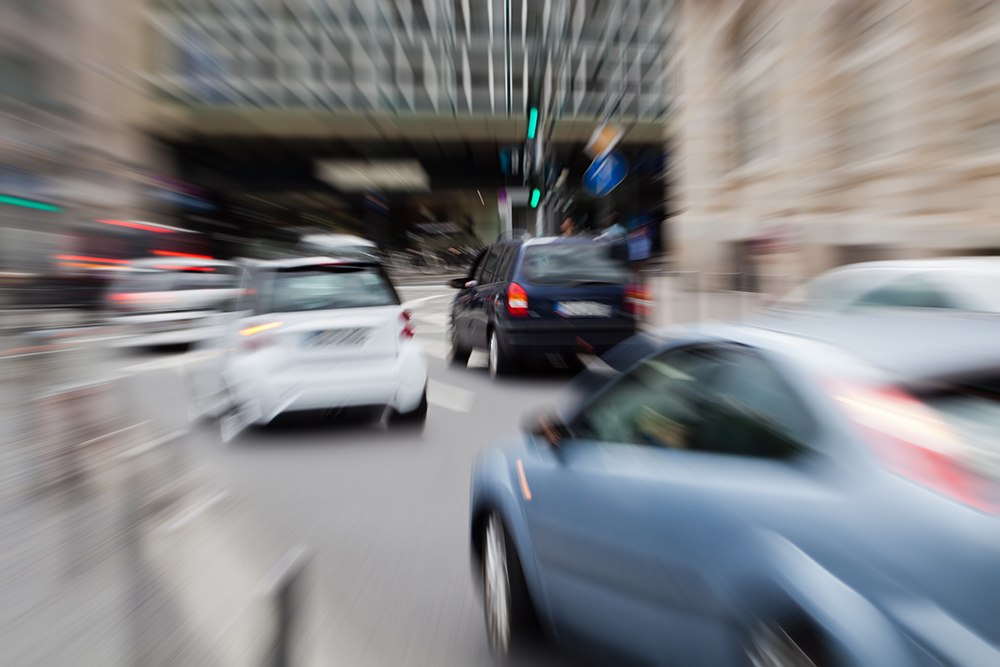
Contactless payments were first introduced in the UK in 2007, with the public initially wary and slow to embrace the new technology. However, today paints a significantly different picture with the number of contactless transactions now making up more than a quarter of all UK payments in 2020.
The last four years have seen this method of payment leap from being just 7% to making up 27% of all transactions. This is only set to increase as customer behaviour is changing for the long-term in the post-pandemic world. Behaviours of customers and the way we work, live and travel have been changed forever; finding systems that are adaptable and fit into these new methods are essential to implement.
Covid-19 payment changes
Covid-19 has resulted in marked changes in payment behaviour and a notable movement in trends such as a continual decline in cash usage and the increase in contactless and mobile payments. Until recently, opinions regarding the benefits and efficiency of digital payment solutions have been divided - however there can now be no doubt regarding their significance.

Convenience of card payments and connected apps on smart devices for payment eliminates the need to carry multiple items to complete one action. You no longer need to carry exact change for the bus, store your paper ticket safely and tuck your receipt away for expenses. Everything can now be handled from one smart device. Behaviours have evolved from carrying multiple items and payment methods for a single journey to it now being the norm of carrying one complete solution for payment and travel.
Since its launch in 2003, the Oyster card quickly became intrinsic to London life with passengers fully embracing and understanding the benefits of this smart ticketing scheme. Passengers have a right to expect a similar system all over the UK as they are being driven by a desire for the same convenience and simplicity they enjoy in so many other aspects of their lives.
Seamless, connected travel
While Oyster looks likely to be tipped for retirement in the next few years, the movement it started and represented as a means of seamless, connected travel was a great step forwards in encouraging passengers to change their thinking around public transport.
In the future, public transport should become seamless, integrated - and the first choice over private transport. Embracing digital payments and more transparent journey planning (including tickets, timetables, and pricing) is key to changing behaviour and accelerating the adoption of new methods.
As customer behaviour changes, the logical next step for transport operators is to embrace more digital payment solutions and highlight the benefits that are brought with them. Eliminating the need to pay for travel with cash results in better hygiene - helping to safeguard passengers and drivers - and an obvious benefit. Another core advantage is being able to process payments instantly, resulting in much faster throughput, reducing the chance of big queues forming at stops and stations.
Passengers will be able to combine other travel planning apps and management systems (such as for attractions or restaurants) to create effective, connected plans. People will perceive that their journey experience has markedly improved, yielding a better travel experience through reduced wait times and greater physical distancing – a behaviour many of us have adopted and will continue to practice for quite some time to come.
Carbon-emission improvements
It’s also likely we will see improvements in carbon emissions as a consequence of the more widespread use of digital payments. The average journey distance travelled by car in the UK is just 8.4 miles (13.5km), a distance that is completely feasible to travel by public transport, so what is stopping people?
Complexity of ticketing options and poor customer experience are just some of the reasons people cling onto their cars. Hopping into the driving seat continues to be far more convenient than getting a bus, train or bicycle to the exact location you need, not taking into consideration things like shopping bags, pushchairs, mobility aids and physical capabilities – all of which can be factors in not choosing public transport.
With evidence showing that there is still more public transport operators can do to make digital payments more attractive and further accelerate the pace of adoption, the emphasis must be on educating the public on the wealth of benefits this payment method offers.
Passengers can ultimately only use what is available to them. Even if systems are archaic or difficult to use, not everyone will have the luxury of choosing alternative transport, and outdated systems can have the effect of cementing people in sub-optimal choices.
Collating data using digital payments and examining what passengers want from public transport is the best way to develop a completely tailored system of travel that fits the needs of users. Once authorities and operators understand the true demand through digital insights, then they can define and deliver services that will make public and shared transport a viable alternative to private car usage.
Change is necessary if public transport is to become a realistic alternative to personal car journeys. Using data analytics to understand service and demand as well as digital payments to simplify and connect journeys is a key part of making this a reality. A clear customer-centric proposition is needed at the heart of this and digital payments offer a highly sustainable solution.
Accessibility is key
In today’s ever-changing digital world, technology provides us with the chance to revolutionise customer service, but is still only being used fitfully and without going anywhere near its full potential. With boldness and a willingness to understand and accept all that the digital payments experience can bring for both customers and operators, we can, as an industry, deliver multiple benefits for society.

Arguably the biggest barrier to adoption is accessibility, especially within older demographics or those without the economic means to access to appropriate and ubiquitous technology like smartphones. By making the upskilling of digital literacy a key strategic objective, operators can help the less-inclined to adopt newer methods, in turn helping to increase advocacy and loyalty.
Creating schemes that make smart technology more affordable and accessible is also key equality in access. By making this a key CX (customer experience) and marketing focus, operators have a chance to own the conversion of a notoriously tough demographic, while also supporting a demographic who are keen to have access but perhaps lack the means. Helping more audiences understand the benefits of digital payment technology will only increase uptake and accessibility, putting more pressure on other services to adopt similar approaches for seamless integration.
MaaS powers the future
Making public transport cleaner, safer, greener, multimodal and more efficient is vital. Mobility as a Service (MaaS), bringing together innovation, digitalisation, automation and connectivity, offers huge opportunities to achieve this.
By welcoming constant innovations into the market, we are introducing smart, sustainable and multimodal mobility. Transport operators have a real opportunity to do more for their customers and meet the demand for a bespoke service, starting with how they design and develop smart payment schemes.
 As enablers of MaaS services, including digital payments, Worldline has already delivered many of the benefits that these systems promise. There is a huge customer appetite to go digital; the tipping point has been reached. Get the customer proposition right and an excellent return on investment can be achieved. Success will mean a much better, more efficient and lower cost public transport system for all.
As enablers of MaaS services, including digital payments, Worldline has already delivered many of the benefits that these systems promise. There is a huge customer appetite to go digital; the tipping point has been reached. Get the customer proposition right and an excellent return on investment can be achieved. Success will mean a much better, more efficient and lower cost public transport system for all.
ABOUT THE AUTHOR:
Martin Howell is transport market director at Worldline
Highlighting the customer benefits
Digital payments can only become more widely adopted across all ages and social demographics if the benefits for the customer are clearly understood and outweigh the legacy methods. Customers need to understand how it will enable faster, more efficient and overall simpler transaction experiences. Behavioural change will become sustained and embedded once customers are assured that services will meet the ‘time promise’ – that they will arrive at their planned destination at the stated time - and that they know that they have paid the fairest fare for their journey.
Advantages for operators
For transport operators, there are many advantages to moving to digital payments:
- Reducing costs in maintenance. Fewer ticket POF machines will result in a reduction of costs right across the board from maintenance, printing, servicing and cleaning. The extra space created by removing such large machines also opens up physical spaces to be used for retail, commercialisation or customer experiential opportunities.
- Increased customer satisfaction score. It’s obvious that an improved experience means an increased customer satisfaction rating. When cSat scores are so relied upon for future tenders and funding, digital payments allow operators to understand the needs of customers and develop services that meet those needs - often being more efficient and cheaper to run.
- Customer behaviour data insights. Increased data on journey analytics will give unprecedented insight into customers’ behaviours, allowing for real-time optimisation of services and physical environments, such as bus and train stations. By leveraging the big data that digital payments can enable, further improvements can be made to service schedules, maintenance windows and the ‘on-site’ experience. Having in-depth, real-time understanding can help inform operators’ plans to ensure more responsive services – resulting in a much-improved customer experience.
- Adhere to decarbonisation targets. With the recent release of the Decarbonisation Strategy from the UK government, transport operators and the entire supply chain will be focused on how best to achieve the necessary results within the required timeframe. Digital payments can help influence behaviour of customers by making public transport in all its forms easier to understand, simpler to pay for and more straightforward to access, reducing emissions and helping move towards decarbonisation targets. Those targets and the responsibility for achieving them also needs to be spread beyond the suppliers of transport and into wider public behaviour. There needs to be a concerted effort across the board in order to achieve the targets sustainably.





